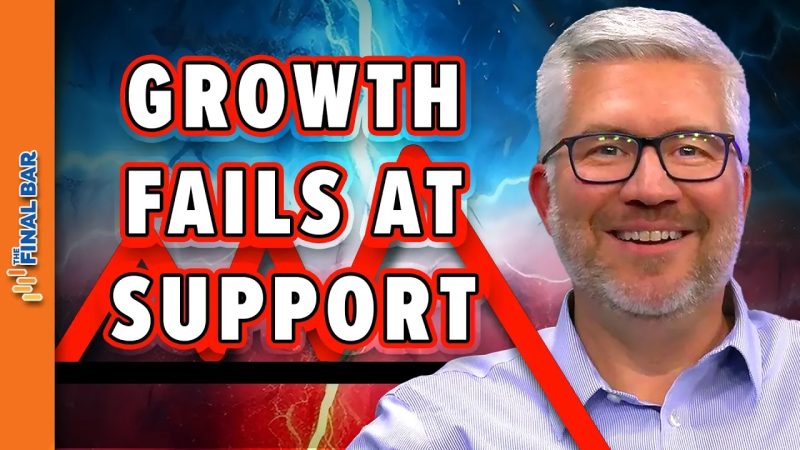In the realm of investment and trading, key support levels significantly affect market trends. When the value of financial instruments such as commodities, stocks, or indices falls beneath the established support level, many interpret it as a warning sign that prices could continue to decrease. However, breaking this support level does not always lead to a bearish market. Quite to the contrary, market breadth can shift in a bullish direction.
Understanding key support levels is vital for traders in the financial markets. In technical analysis, support levels are a price point where a financial asset’s downward trend is expected to pause due to a concentration of demand. Here, traders expect the price to rise, which means more buyers come into the market at this level.
Nevertheless, in certain scenarios these key support levels may break due to a number of factors. These could range from market volatility, political instability to macroeconomic indicators. When key support levels break, technically, it’s a bearish development. It indicates that sellers have overtaken the buyers, and the balance has moved in their favor. This often causes a trend reversal and is a cause of concern to many investors as it signifies a bearish outlook. It may even force traders to reconsider their market strategies, re-evaluate their holdings, or formulate new plans for future trades.
While this always sounds daunting, there’s more to market behavior than just key support levels. That’s when the concept of market breadth comes into play. Market breadth refers to the number of stocks advancing relative to the number declining. When more stocks are moving up than down, it is said to have positive or bullish breadth.
While an apparent contradiction, it’s not uncommon for key support levels to break while the market breadth remains bullish. This could happen, for instance, when the downward movement is initiated by a few large cap stocks while the majority of smaller cap stocks in the broader market remain unaffected or are in fact advancing.
Another scenario could be that the broader market has already factored in the downward shift of certain stocks that cause these support levels to break. As a result, the market will still advance due to the performance of the other stocks. That’s why it’s necessary for investors to look beyond the breakage of key support levels and analyze the market breadth as it gives a comprehensive measure of the overall market performance.
In the trading landscape, the breaking of key support levels can lead to major market movements, but these actions alone should not dictate your investing decisions. While the breaking of these






























